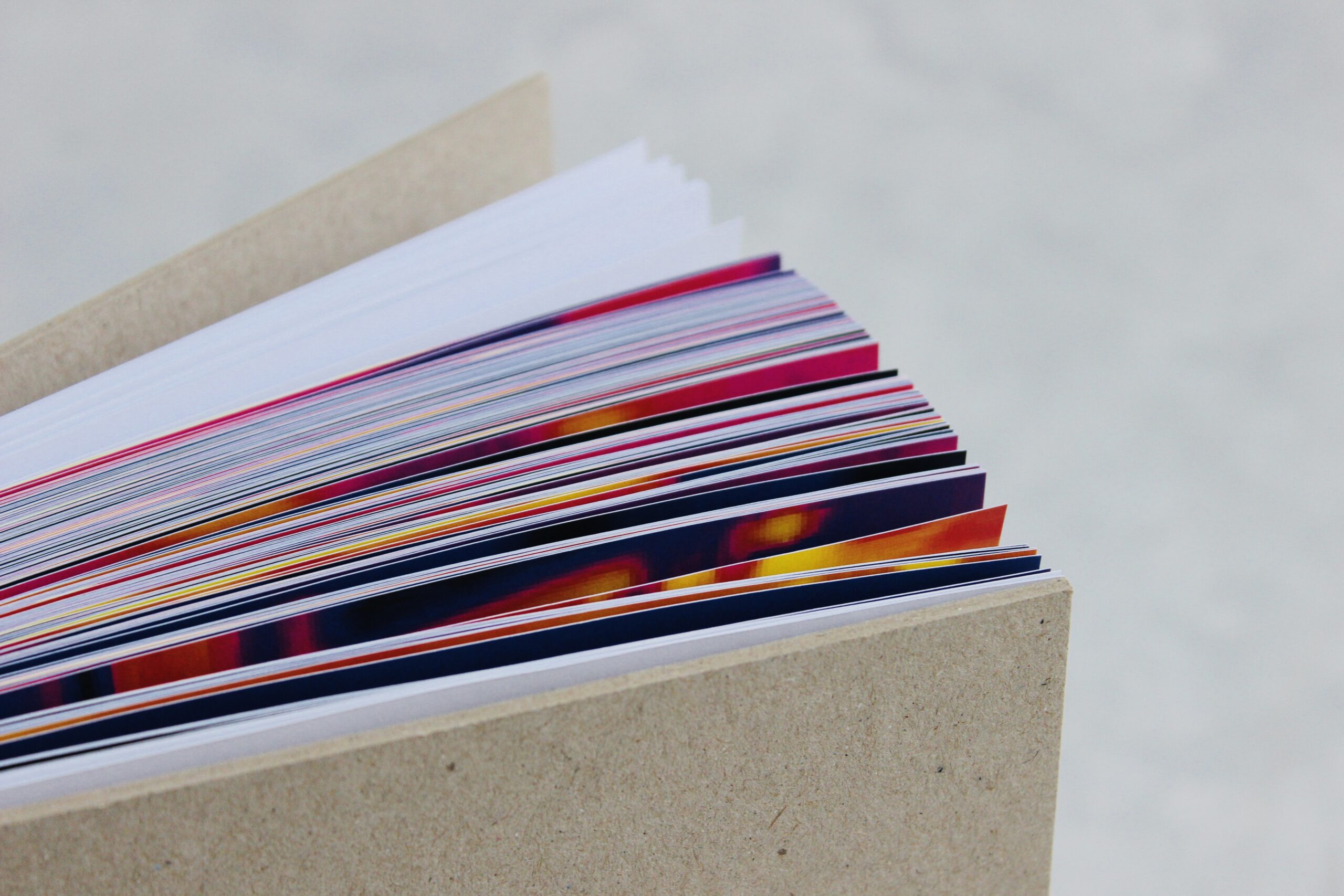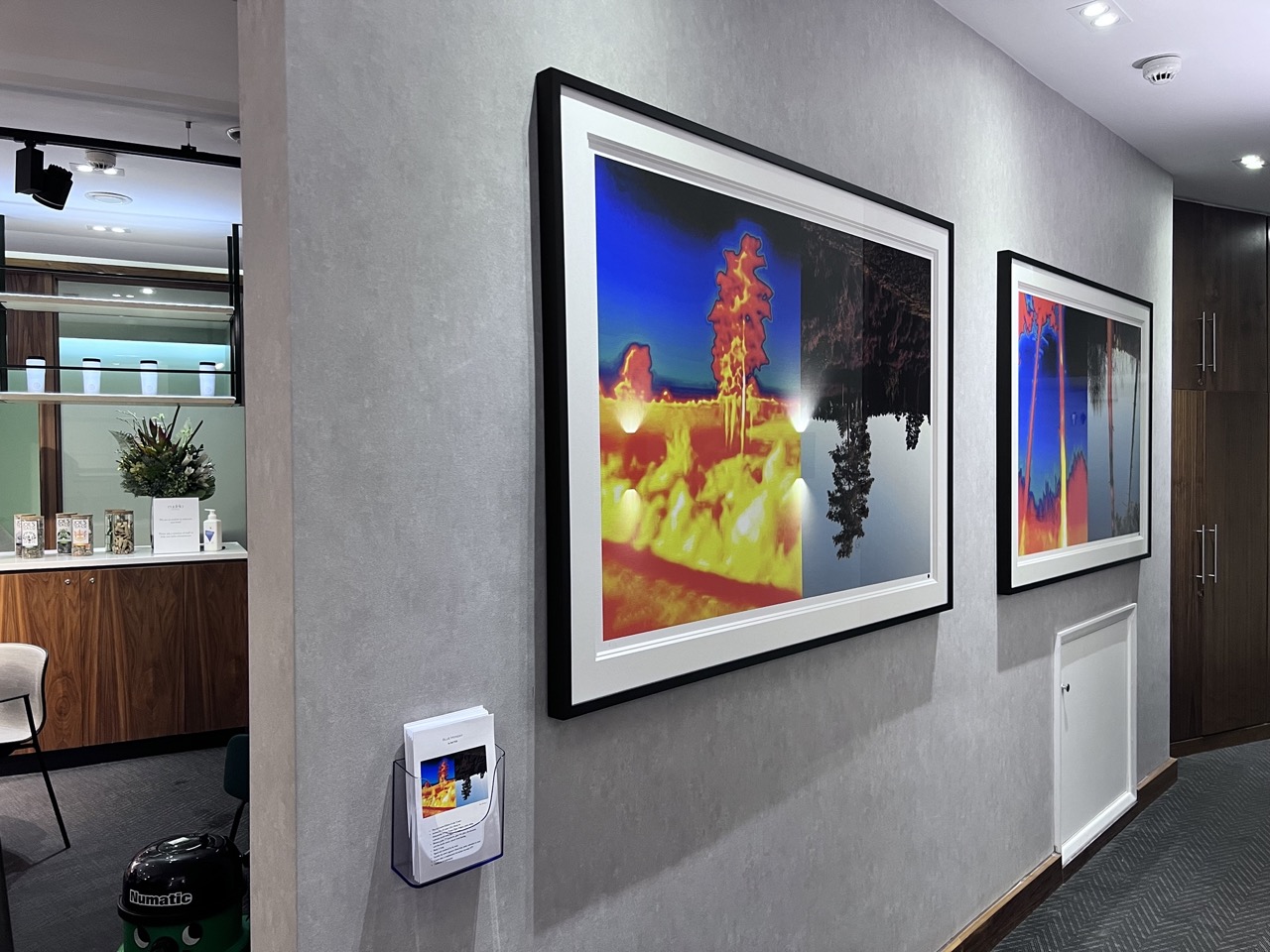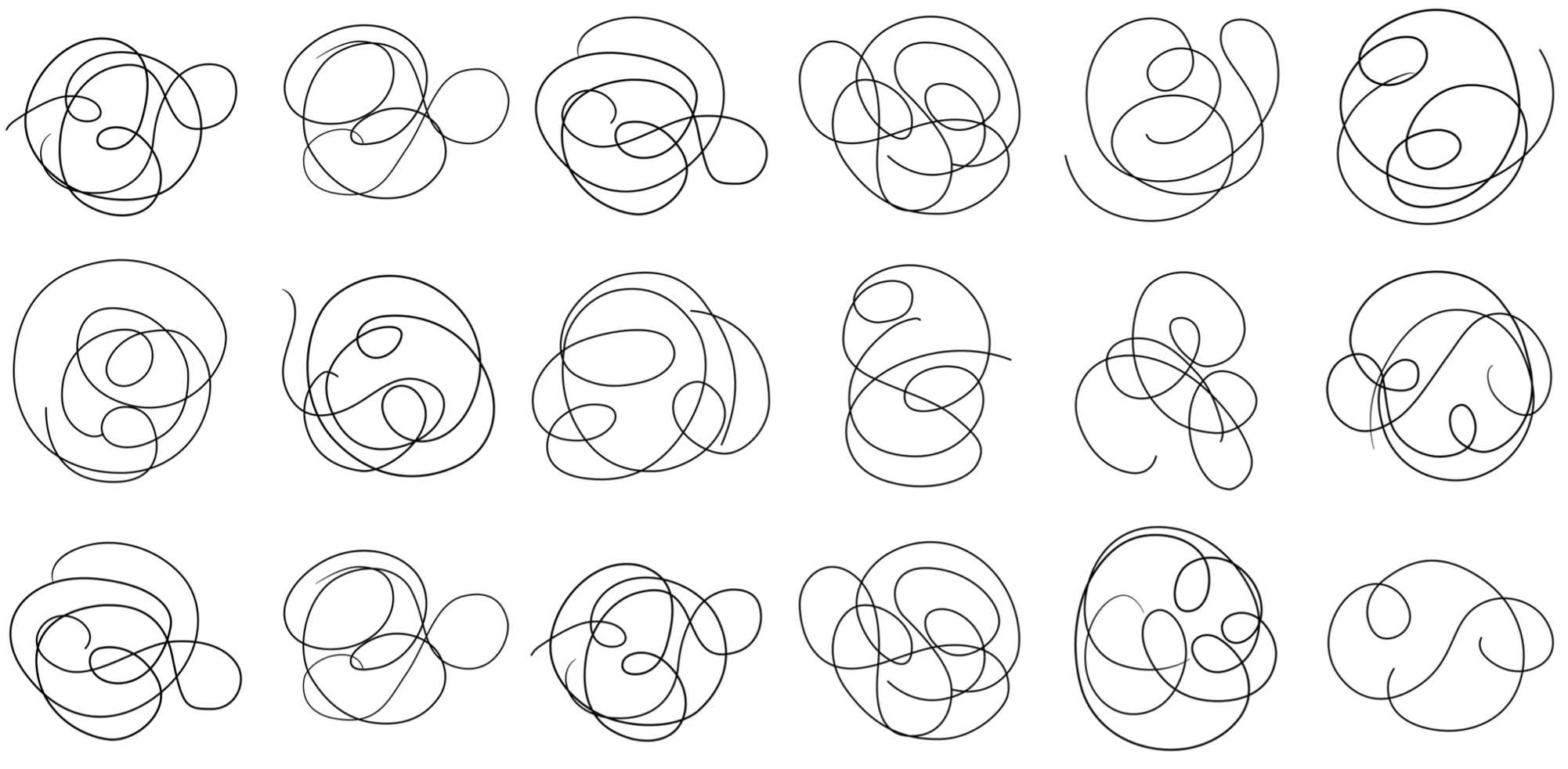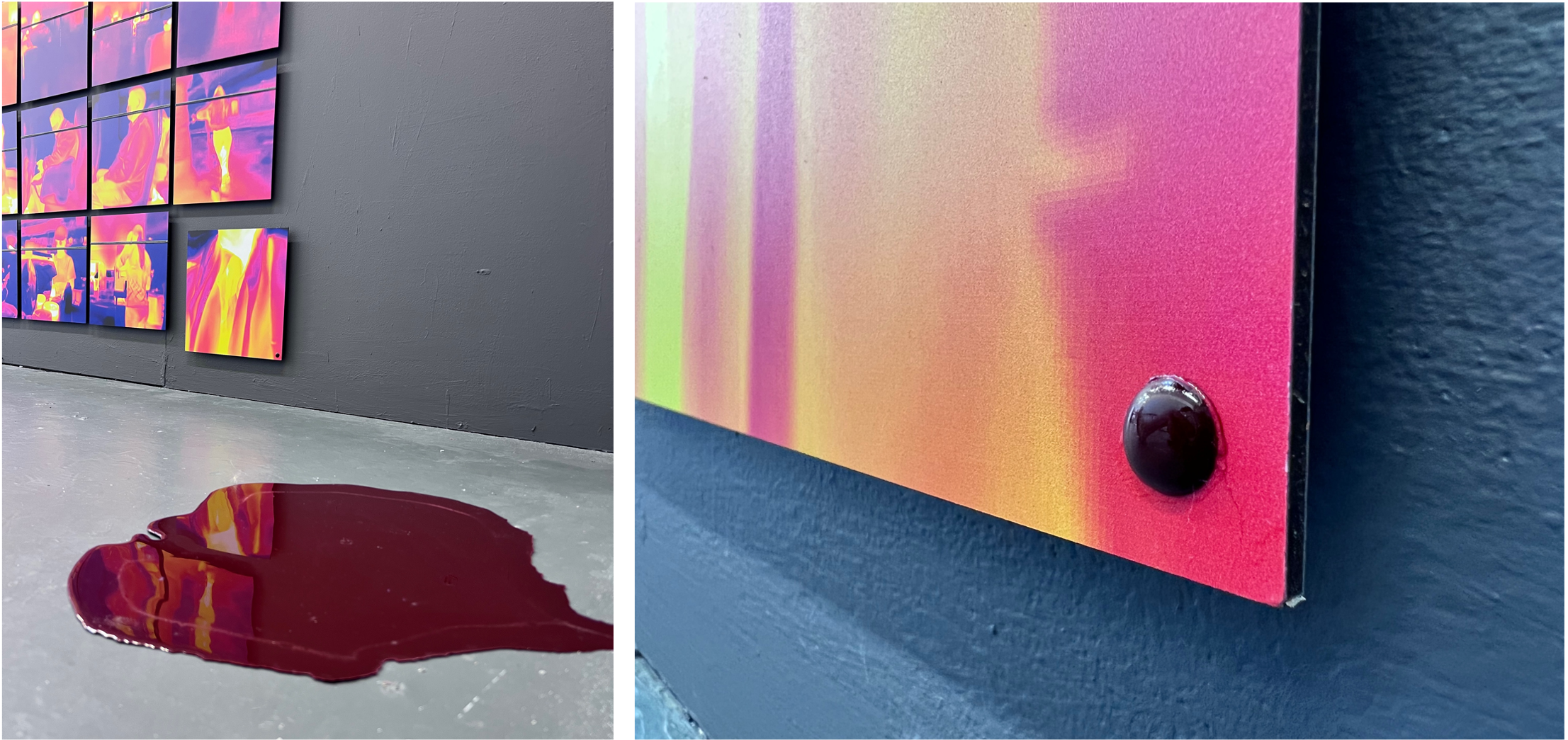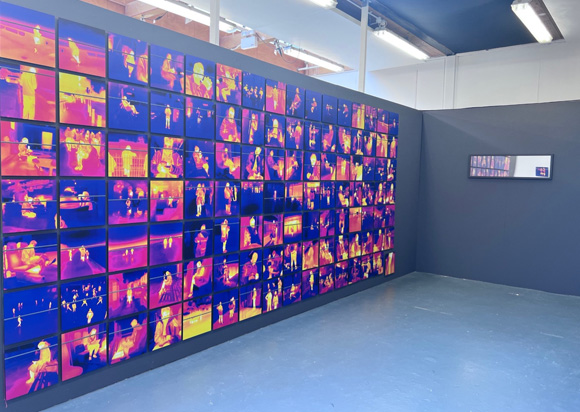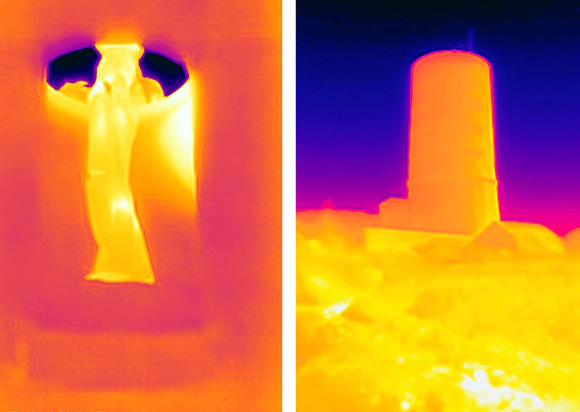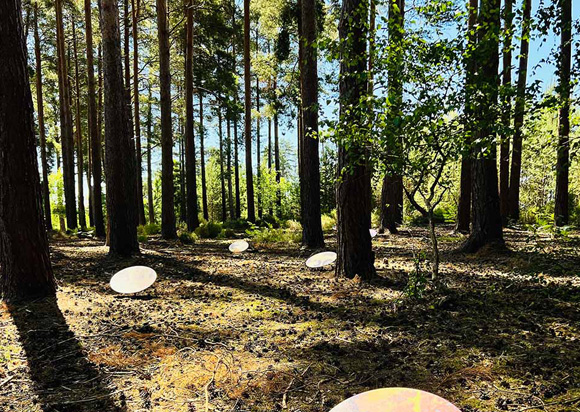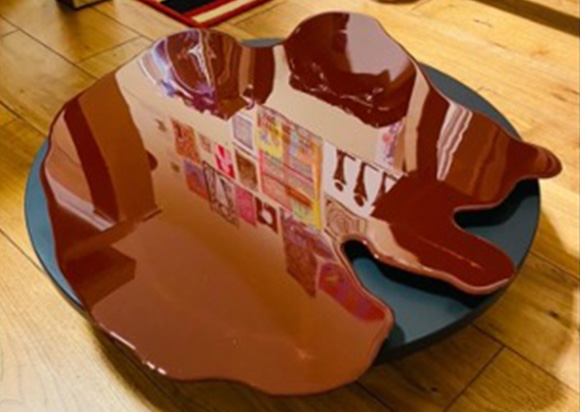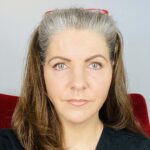
Stef Will
• 20 December 2021
Repetition and the Grid
You may or may not have noticed that my work often makes use of grids and repetition. And I am of course not the only artist who made grids and repetition their own. Agnes Martin’s grid paintings such as the one below, are some of my favourites in that context. In fact, the grid as well as various forms of repetition are visual structures that have been at the very heart of contemporary art for more than 100 years.

Repetition and grids can reference a variety of meanings, depending on the artist (and the viewer…) of course, but for me personally, as an artist working at the interface of art and science, and as an artist interested in embodied experience, the following references stand out:
I often use grids, repetition and other forms of multiples in a ritualistic, even meditative way. Repetition in my works frequently references repetitive rhythms in the body, such as the life-sustaining cadences of breath and the heartbeat, the electrical rhythms pulsing through messaging nerves, and the incessant waves of the electromagnetic fields of organs such as heart and brain.
Liz Orton writes in ‘Every body is an archive’: “I can see your heart, the electrical stimuli that keep it beating … and the warp and weft of your neural fibres … Radiology is the interaction between energy and matter: photons and atoms; resonance and permanence’ motion versus emotion, radiation through matter, action and reaction – both are altered by the exchange … I measure the rhythms of your physiology and marvel at the beats that rise and fall but seldom stall.”
Repetition for me also references the fluctuation between presence and absence, effectively creating and dissolving the body by moving from potentiality to actuality in assiduous waves. This really resonates with me, as I am very interested in the relationship between matter and energy with regards to the body and the self.
The spatial order of a grid supports these connotations of sequential waves of presence and absence, with its flattened, geometricised, meditative regularity, representing, as Rosalind Kraus wrote in her 1979 essay ‘Grids’, “pure coordinates and pure relationship”.
Below is an example of one of my recent works, showing a grid-like structure of repetition. These are not digital multiples by the way, but hand screen-printed images of an x-ray of my daughter’s little rucksack (I was thinking about the ubiquitous surveillance we are subject to at the moment).
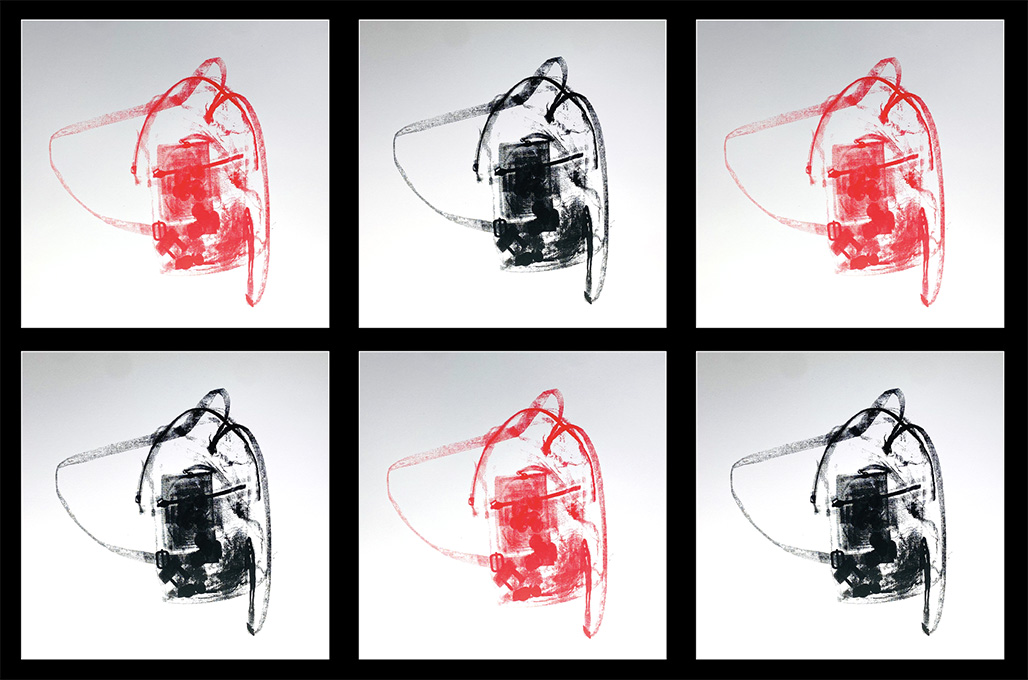
The grid in contemporary art has also been discussed in the context of creating a tension between materiality and spirit, matter and energy, science and faith. Kraus writes, “the grid’s mythic power is that it makes us able to think we are dealing with materialism (or sometimes science, or logic) while at the same time it provides us with a release into belief (or illusion, or fiction)”.
I was also very interested to read Kate Armstrong’s take on repetition in her 2001 book ‘Crisis and Repetition’ (which is not in print any longer, but I managed to find on eBay – rather overpriced for that matter, but worth it), where she explains that repetition can also serve as an effective strategy to indicate crisis, relating to cyclical processes in history, untethered from linearity, which is of course very apt right now.
Armstrong also writes that repetition ultimately represents “that which is unfigurable” by repeating to the point where representation is transcended. She clarifies that “the incessant repetition of a sign results in a gesture to … that which can not be figured within the painting or work”, which for her means repetition is an attempt to “diffuse meaning to the point where it gestures away from the image, towards that which is beyond”. I find this very thought provoking and it also reminded me of certain Dada poems.
On that note, I think I will write a blog post on Dada soon (-ish…). Dada has been on my mind a lot recently, given its origins as a protest, responding to the absurdities of the first world war. I have been thinking how that’s really quite topical, so watch this space…
